Home>Furniture & Design>Interior Design Trends>How Much Is 200 Ml Water In Glass
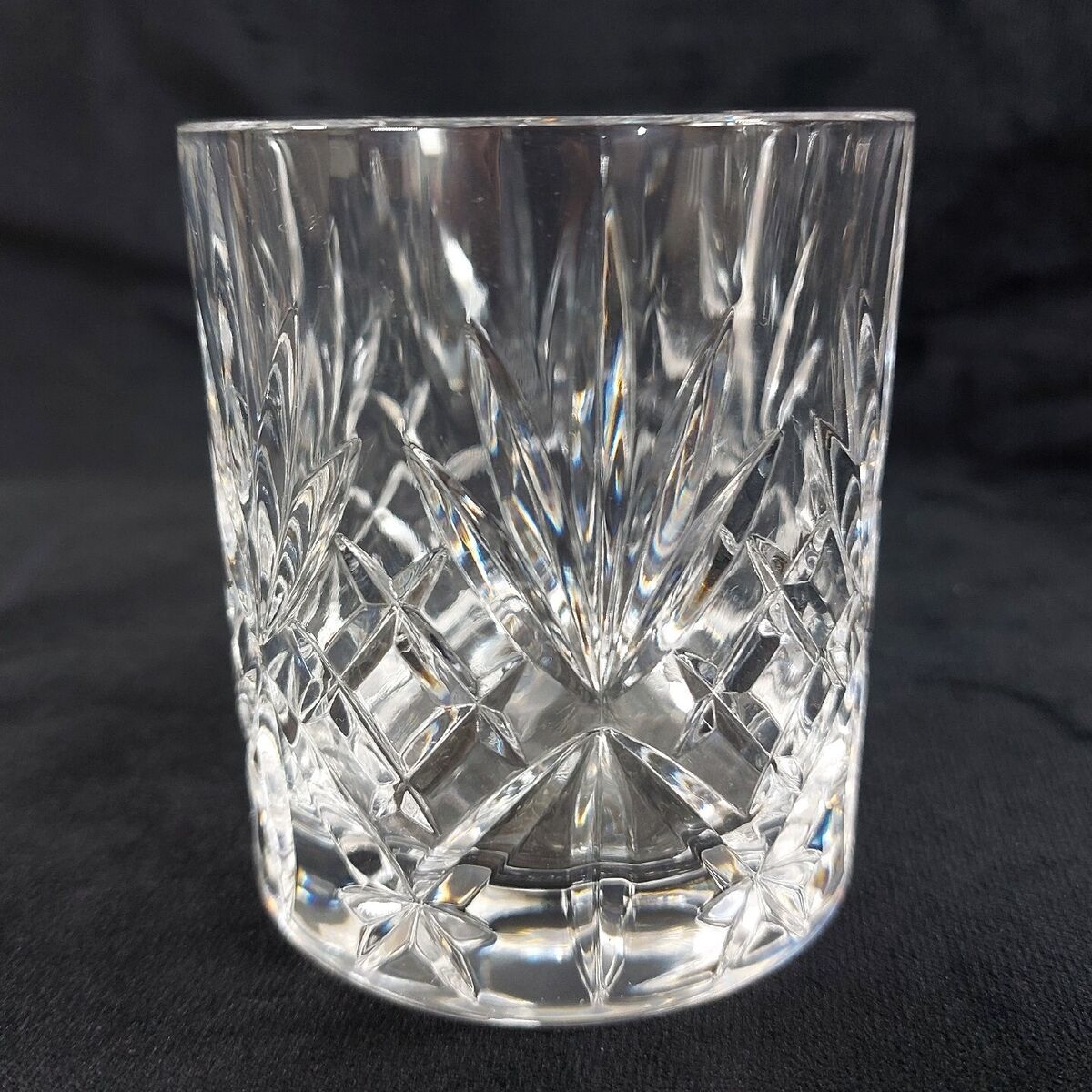

Interior Design Trends
How Much Is 200 Ml Water In Glass
Modified: May 6, 2024
Discover the latest interior design trends and learn how to measure 200 ml of water in a glass. Explore creative ideas for your home and stay updated with the latest trends. Unlock the perfect balance of style and functionality for your living space.
(Many of the links in this article redirect to a specific reviewed product. Your purchase of these products through affiliate links helps to generate commission for Storables.com, at no extra cost. Learn more)
Introduction
When it comes to the simple act of pouring a glass of water, the concept of volume may seem straightforward. However, the perception of volume can vary based on a multitude of factors, including the container's shape, the surrounding environment, and even our own visual and cognitive biases. In this article, we will delve into the intriguing world of measuring 200 ml of water in a glass. We will explore the intricacies of volume perception, the practical aspects of accurately measuring this specific quantity of water, and the various factors that can influence our perception of volume. Join us on this journey as we unravel the fascinating dynamics of something as seemingly mundane as pouring a glass of water.
Key Takeaways:
- Understanding the volume of 200 ml of water in a glass involves more than just the measurement. Factors like glass shape, meniscus effect, transparency, and surrounding environment all play a role in how we perceive the water’s volume.
- Measuring 200 ml of water in a glass requires precision and attention to detail. Using the right measuring tools, pouring carefully, and considering the impact of the glass’s shape, transparency, and surroundings are essential for an accurate measurement.
Read more: How Much Is 300 ML Water In Glass
Understanding the volume of 200 ml of water
The volume of 200 ml of water may appear to be a simple and fixed quantity, but its perception can be influenced by various factors. Understanding the physical attributes of this volume is essential in comprehending how it interacts with different containers and environments.
Firstly, it's important to grasp the actual measurement of 200 ml. This amount equates to approximately 6.76 fluid ounces in the United States and 7.04 fluid ounces in the United Kingdom. Visualizing this volume can be helpful: it's equivalent to filling a standard coffee mug just over halfway or pouring a little less than a cup of water.
In terms of physical space, 200 ml of water occupies a relatively small area, especially when poured into a tall, narrow glass. However, when placed in a wider, shorter glass, it may appear more spread out, potentially altering our perception of its volume. The height and diameter of the glass play a crucial role in how the water's volume is visually interpreted.
Furthermore, the meniscus, or the curved surface of the water, can affect our perception of the volume. When observing the water level in a glass, the curvature of the meniscus may create an illusion of a larger or smaller volume, depending on the angle from which it is viewed. This phenomenon adds an intriguing dimension to the understanding of 200 ml of water in a glass.
Additionally, the transparency of the glass and the surrounding environment can impact how we perceive the volume of water. A clear glass in a well-lit room may provide a more accurate representation of the water's volume, while a colored or opaque glass in dim lighting could distort our perception.
In summary, the volume of 200 ml of water is not solely determined by its physical measurement, but also by the container's shape, the meniscus effect, and the surrounding environment. These factors collectively contribute to the intricate and sometimes deceptive nature of perceiving volume, making the act of measuring 200 ml of water in a glass a captivating exploration of human perception and spatial awareness.
Measuring 200 ml of water in a glass
Accurately measuring 200 ml of water in a glass requires attention to detail and an understanding of the factors that can influence the perception of volume. To begin, it's essential to use a measuring tool specifically designed for liquids, such as a graduated measuring cup or a liquid measuring jug. These tools are calibrated to provide precise measurements, ensuring that the intended volume of water is accurately poured into the glass.
When using a measuring cup, it's important to place it on a level surface and view it at eye level to ensure the meniscus, the curved surface of the water, aligns with the measurement line. This technique helps to minimize errors in measurement caused by the meniscus effect. Slowly pouring the water into the measuring cup and carefully observing the meniscus as it approaches the desired volume can aid in achieving an accurate measurement of 200 ml.
Once the 200 ml of water is measured in the liquid measuring tool, it can be poured into the chosen glass. The type of glass selected can impact the perception of the water's volume. For instance, a tall, narrow glass may visually concentrate the water's volume, while a wider, shorter glass could spread it out, potentially altering its perceived quantity. Carefully pouring the water into the glass and observing its level can provide insight into how the water fills the space within the chosen vessel.
The transparency of the glass also plays a role in the perception of the water's volume. A clear glass allows for a direct view of the water, providing a more accurate representation of its volume. In contrast, a colored or opaque glass may obscure the water's level, potentially affecting the perception of its quantity.
Furthermore, the environment in which the glass is placed can influence the perception of the water's volume. Adequate lighting and a clutter-free surrounding can facilitate a clearer visual assessment of the water's level, contributing to a more accurate perception of its volume.
In summary, measuring 200 ml of water in a glass involves using a precise measuring tool, pouring the water carefully into the chosen glass, and considering the impact of the glass's shape, transparency, and surrounding environment on the perception of volume. By paying attention to these factors, one can achieve a more accurate and insightful understanding of how 200 ml of water occupies space within a glass.
Factors affecting the perception of 200 ml of water in a glass
The perception of volume, particularly when it comes to 200 ml of water in a glass, can be influenced by a myriad of factors that extend beyond the physical measurement. Understanding these factors is crucial in comprehending the complexities of how we perceive the quantity of water in a given space.
Glass Shape and Size
The shape and size of the glass play a significant role in how 200 ml of water is visually interpreted. A tall, narrow glass may visually concentrate the water's volume, creating the impression of a more substantial quantity. Conversely, a wider, shorter glass could spread the water out, potentially making the same volume appear less significant. The height and diameter of the glass contribute to the visual cues that shape our perception of the water's volume.
Meniscus Effect
The meniscus, or the curved surface of the water, can create an optical illusion that affects our perception of the water's volume. When observing the water level in a glass, the curvature of the meniscus may make the volume appear larger or smaller, depending on the viewing angle. This phenomenon adds an intriguing dimension to the understanding of 200 ml of water in a glass, highlighting the role of visual distortion in volume perception.
Transparency of the Glass
The transparency of the glass can impact how we perceive the volume of water. A clear glass in a well-lit environment provides a more accurate representation of the water's volume, allowing for a direct and unobstructed view. On the other hand, a colored or opaque glass may obscure the water's level, potentially distorting our perception of its quantity. The clarity of the glass influences the ease with which the water's volume can be visually assessed.
Surrounding Environment
The environment in which the glass is placed can also influence the perception of the water's volume. Adequate lighting and a clutter-free surrounding can facilitate a clearer visual assessment of the water's level, contributing to a more accurate perception of its volume. Conversely, dim lighting or a visually cluttered environment may hinder the ability to gauge the water's quantity accurately.
Psychological and Cognitive Biases
Our perception of volume is not solely determined by physical attributes but can also be influenced by psychological and cognitive biases. Preconceived notions, expectations, and past experiences with similar volumes of water can all impact how we perceive 200 ml in a glass. These subjective factors add a layer of complexity to the perception of volume, highlighting the interplay between physical stimuli and cognitive interpretation.
In summary, the perception of 200 ml of water in a glass is influenced by the shape and size of the glass, the meniscus effect, the transparency of the glass, the surrounding environment, and psychological and cognitive biases. These factors collectively contribute to the intricate and sometimes deceptive nature of perceiving volume, making the act of measuring 200 ml of water in a glass a captivating exploration of human perception and spatial awareness.
Read more: How Much Is One Glass Of Water
Conclusion
The act of measuring and perceiving 200 ml of water in a glass is far from a mundane task; it is a captivating exploration of human perception, spatial awareness, and the interplay of physical and psychological factors. The understanding of volume perception extends beyond the mere measurement of liquid; it encompasses the impact of glass shape, the meniscus effect, glass transparency, surrounding environment, and psychological biases on our perception of volume.
As we've delved into the intricacies of 200 ml of water in a glass, it becomes evident that the perception of volume is a multifaceted phenomenon. The shape and size of the glass play a pivotal role, influencing how the water's volume is visually interpreted. A tall, narrow glass may visually concentrate the water's volume, creating the impression of a more substantial quantity, while a wider, shorter glass could spread the water out, potentially making the same volume appear less significant.
The meniscus effect adds an intriguing dimension to the understanding of 200 ml of water in a glass, creating an optical illusion that affects our perception of the water's volume. The curvature of the meniscus may make the volume appear larger or smaller, depending on the viewing angle, highlighting the role of visual distortion in volume perception.
Furthermore, the transparency of the glass and the surrounding environment significantly impact how we perceive the volume of water. A clear glass in a well-lit environment provides a more accurate representation of the water's volume, while a colored or opaque glass may obscure the water's level, potentially distorting our perception of its quantity. Adequate lighting and a clutter-free surrounding can facilitate a clearer visual assessment of the water's level, contributing to a more accurate perception of its volume.
In addition to these physical factors, psychological and cognitive biases also influence our perception of volume. Preconceived notions, expectations, and past experiences with similar volumes of water can all impact how we perceive 200 ml in a glass, adding a layer of complexity to the perception of volume and highlighting the interplay between physical stimuli and cognitive interpretation.
In conclusion, the act of measuring 200 ml of water in a glass transcends a simple quantitative task; it is a captivating exploration of human perception and spatial awareness. By understanding the intricate factors that influence our perception of volume, we gain a deeper appreciation for the complexities of something as seemingly mundane as pouring a glass of water. The next time you pour 200 ml of water into a glass, take a moment to consider the fascinating interplay of physical, visual, and cognitive elements that shape your perception of this seemingly simple act.
Curious about more than just measuring water? Dive into our featured article on "What Is Water Glass," where you'll uncover fascinating insights into this unique material. Ideal for anyone keen on understanding diverse uses and scientific principles, this read promises to demystify how a simple glass of water holds more than just liquid.
Frequently Asked Questions about How Much Is 200 Ml Water In Glass
Was this page helpful?
At Storables.com, we guarantee accurate and reliable information. Our content, validated by Expert Board Contributors, is crafted following stringent Editorial Policies. We're committed to providing you with well-researched, expert-backed insights for all your informational needs.
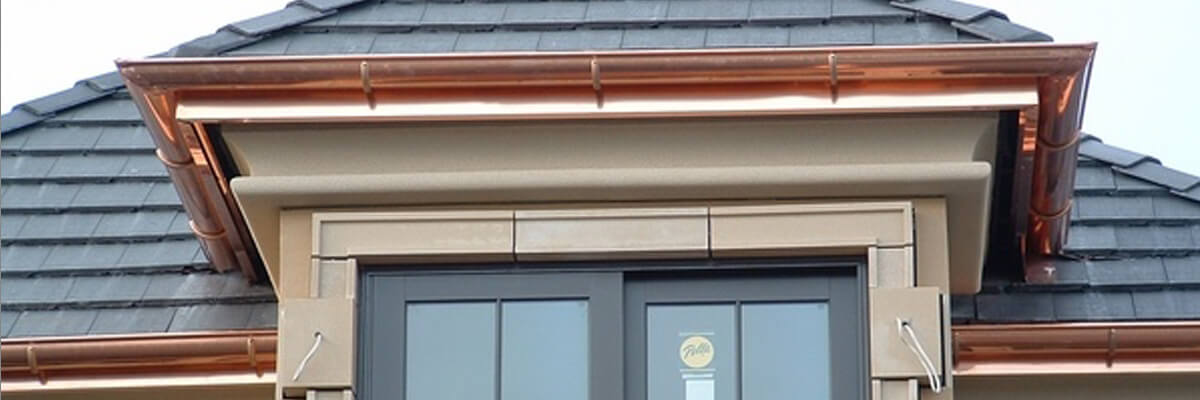

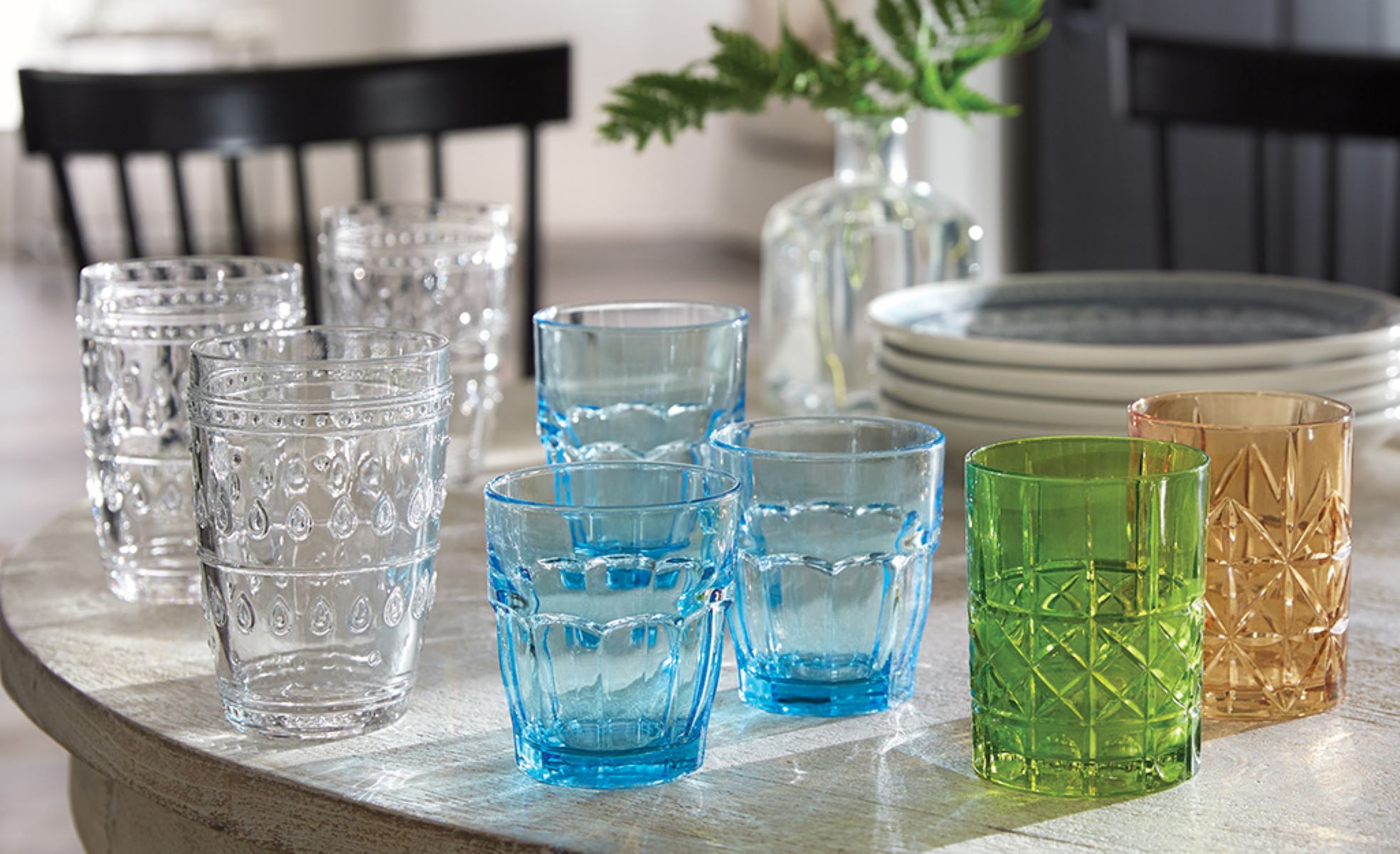
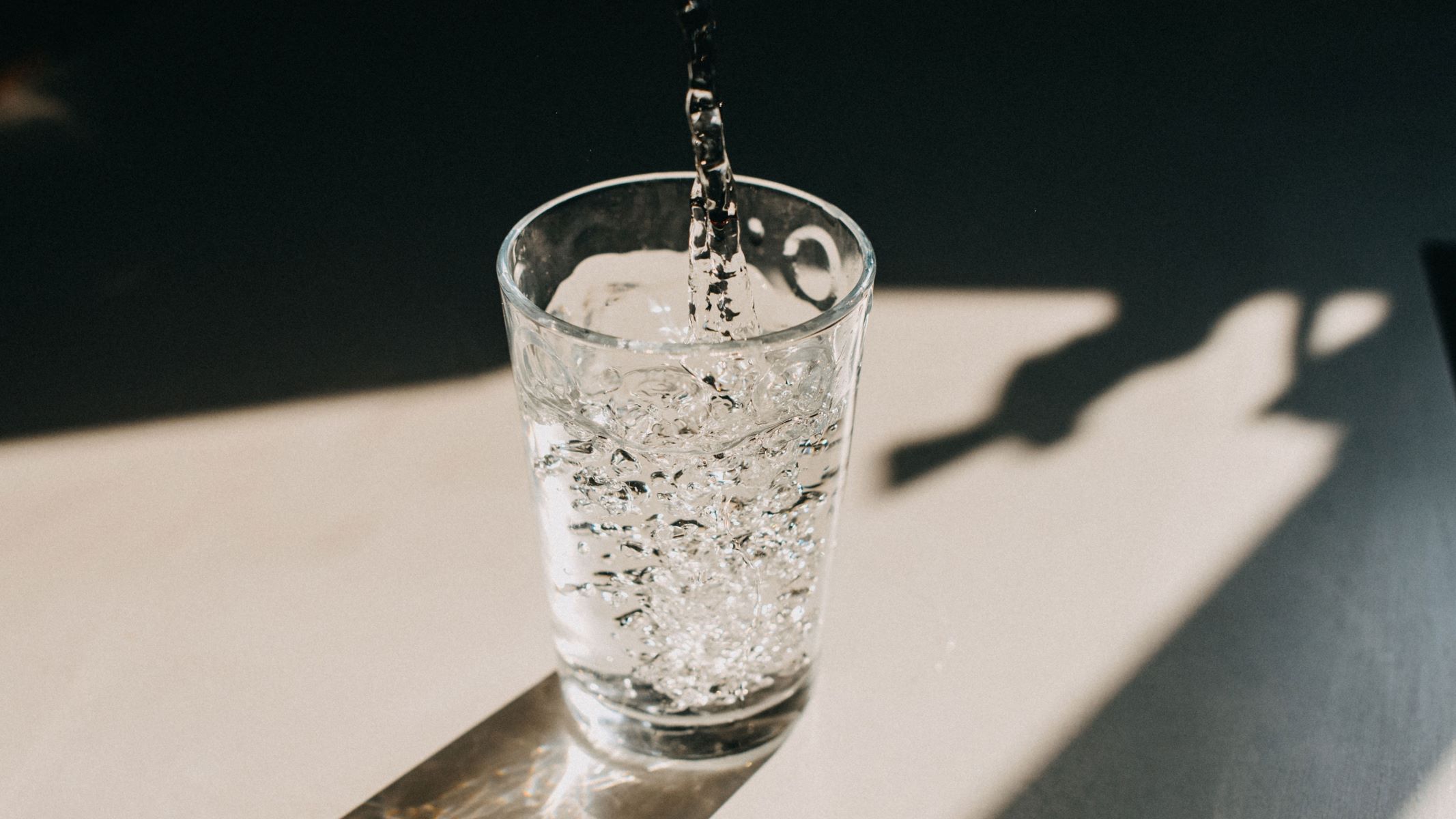
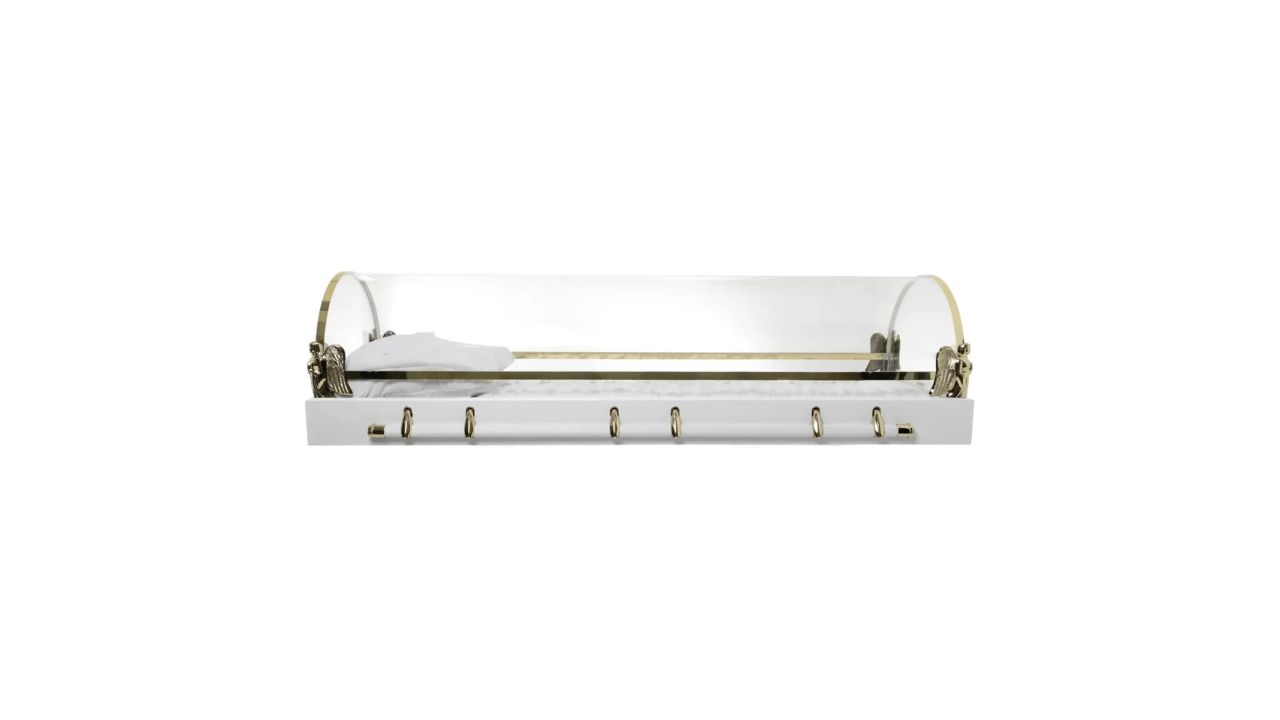
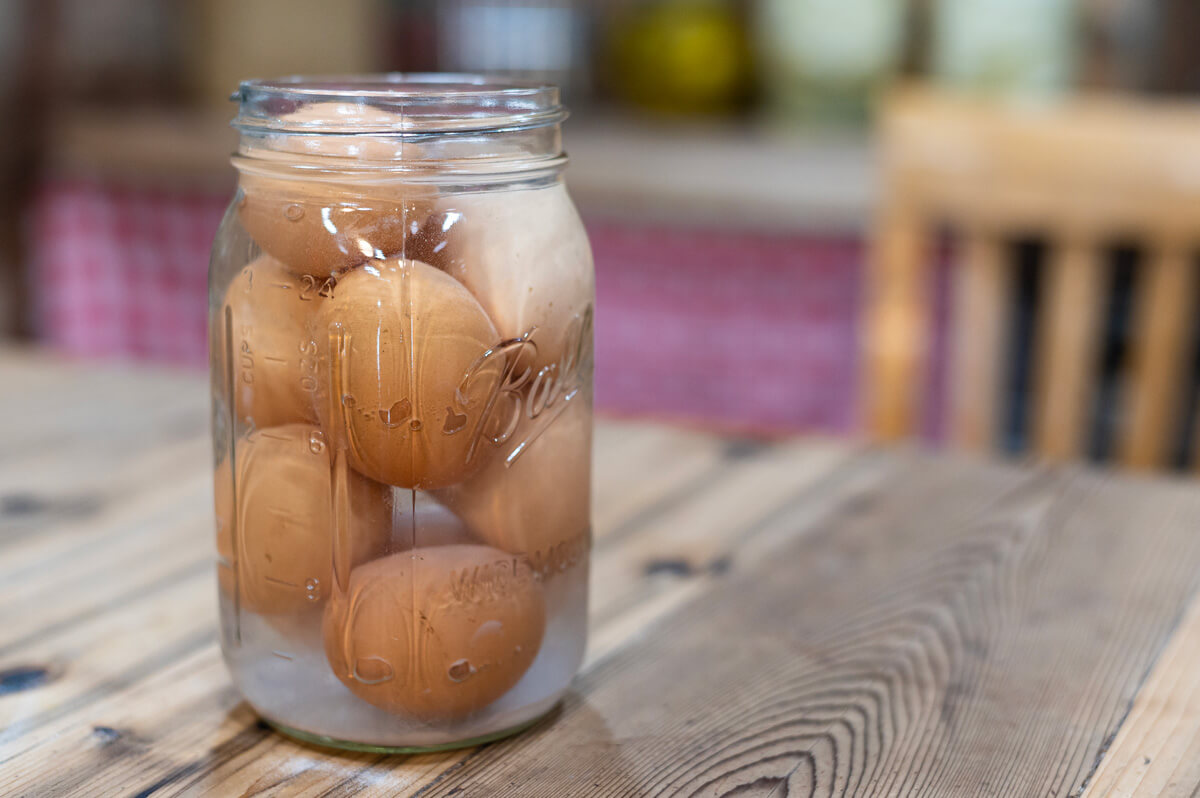
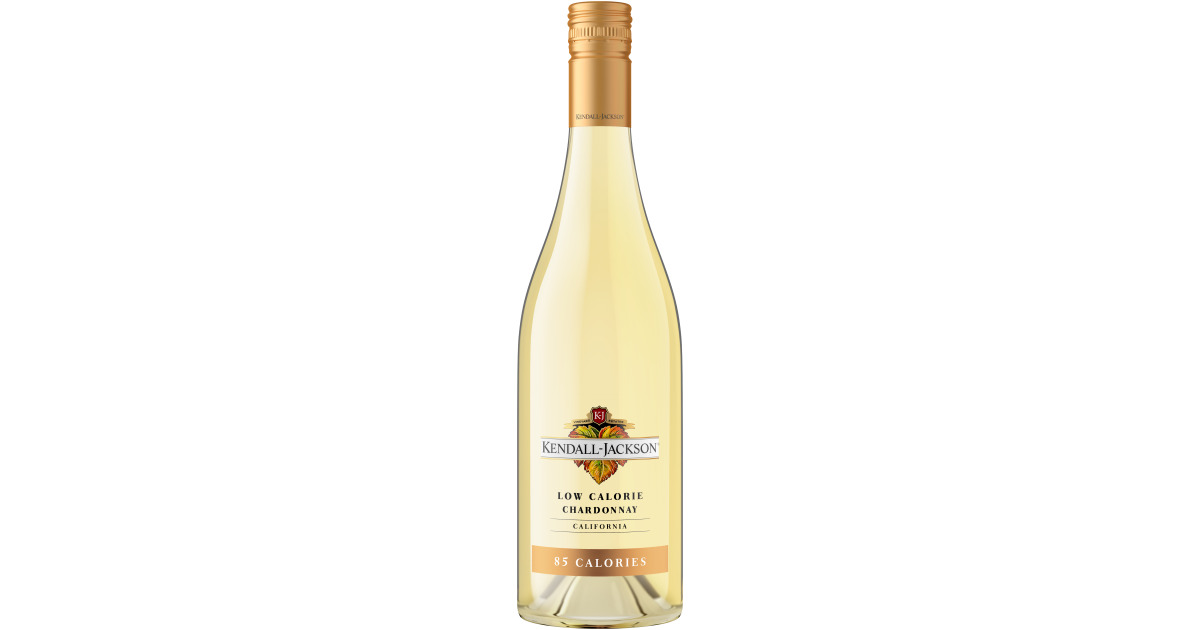
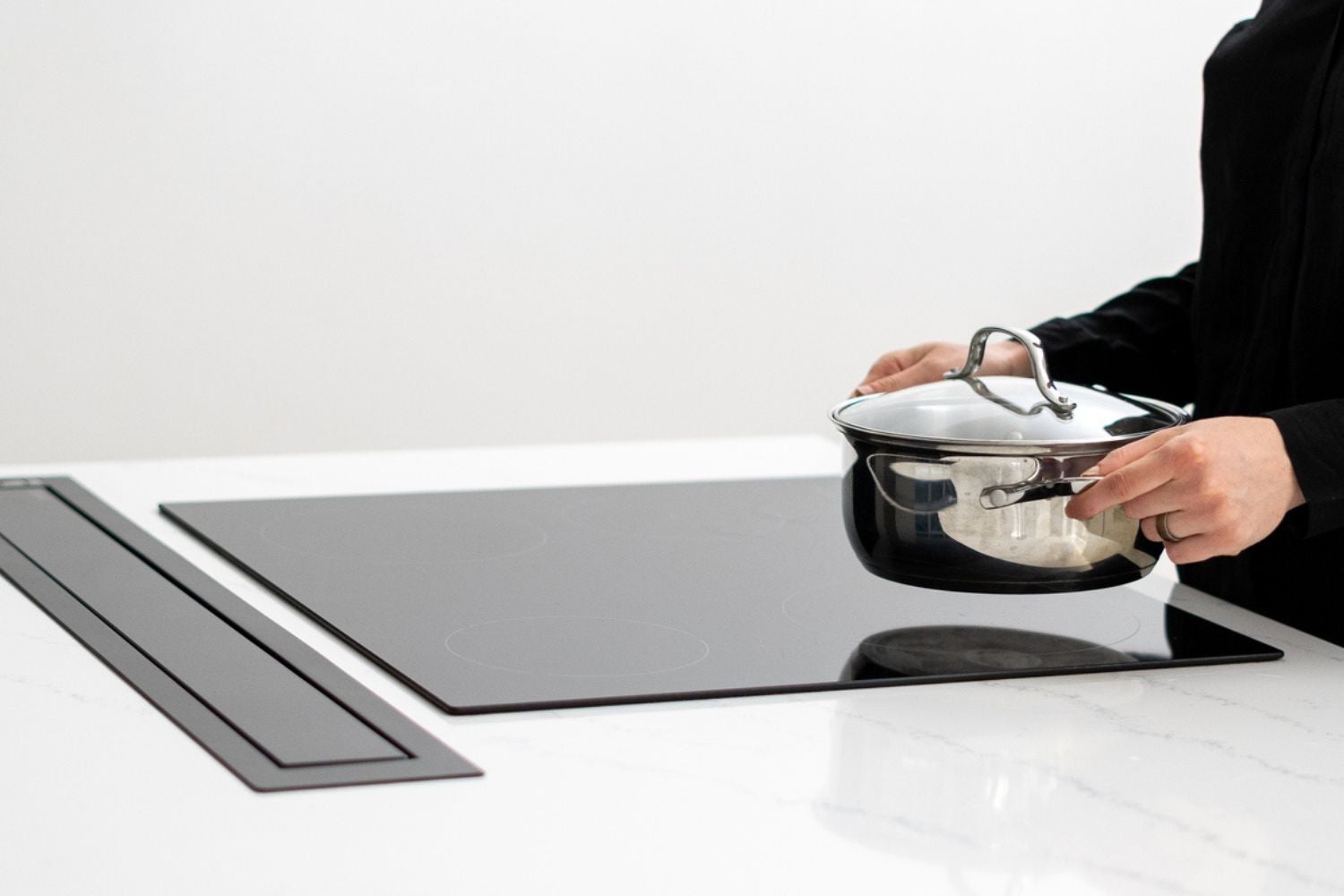
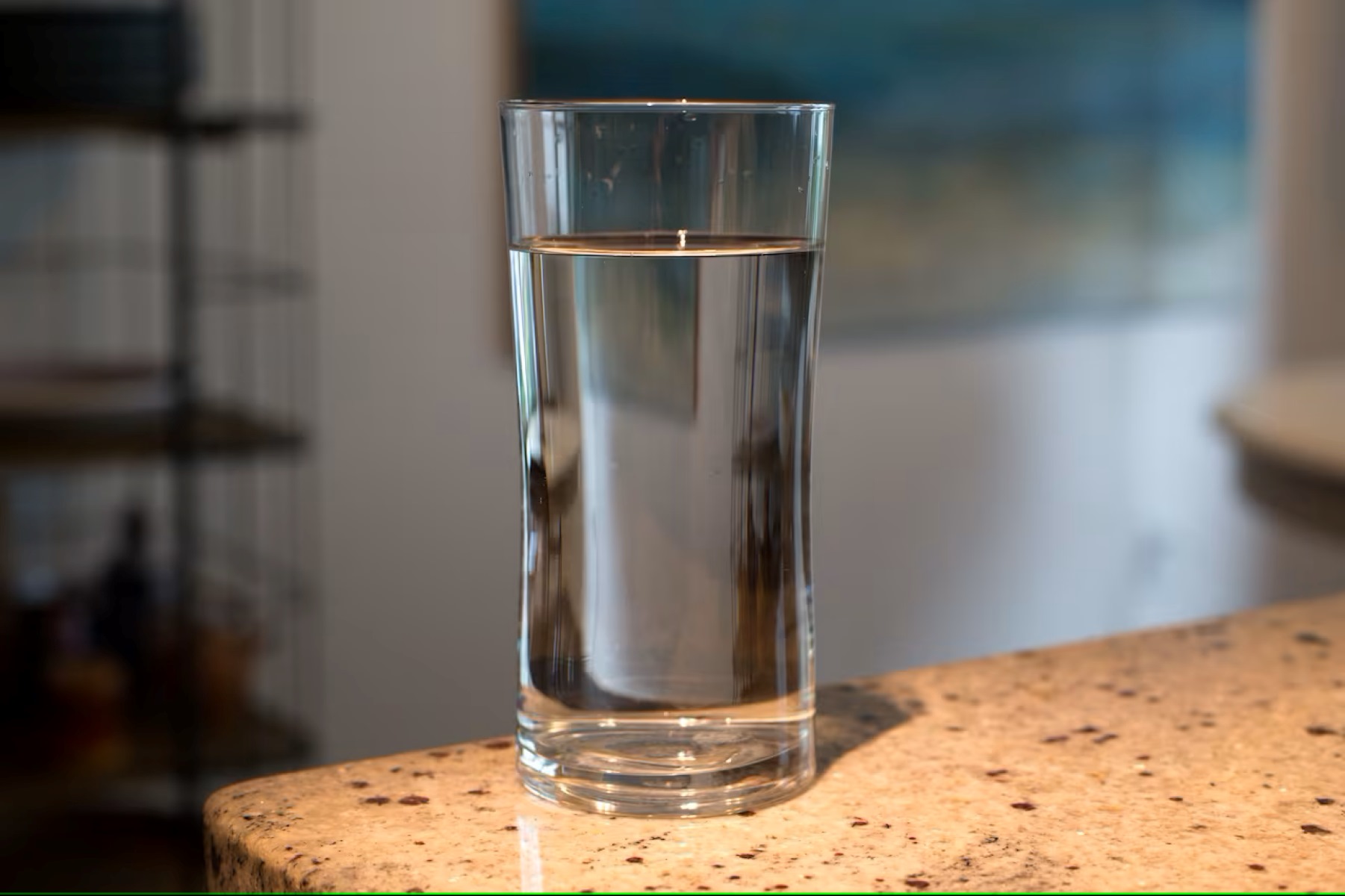
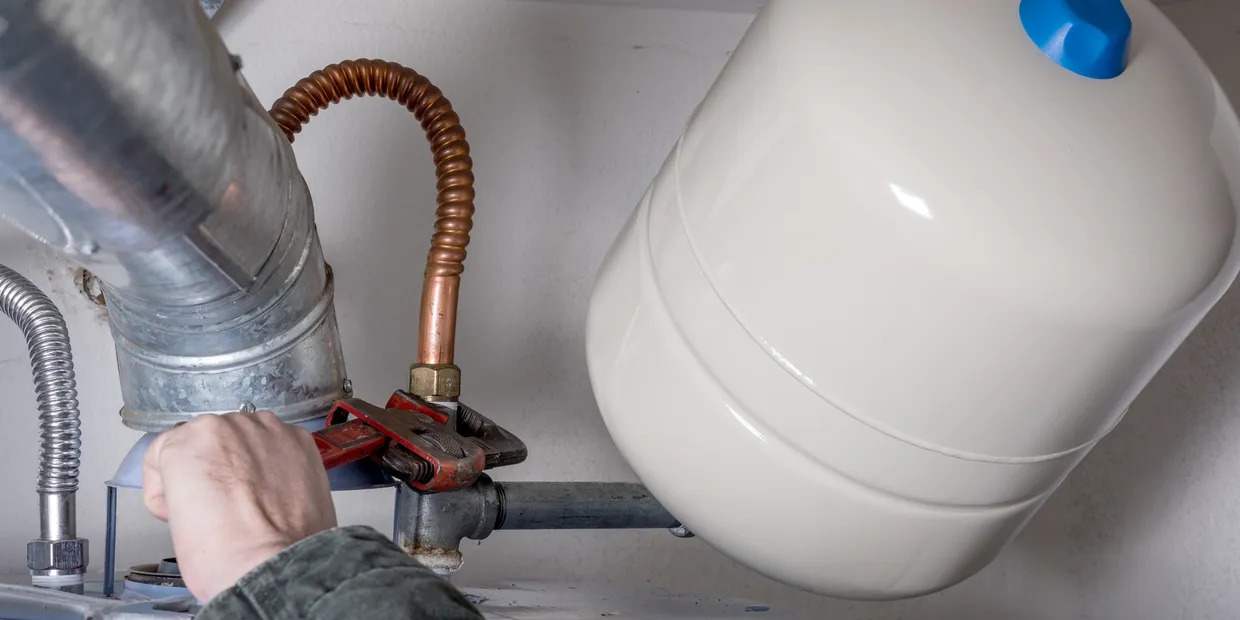
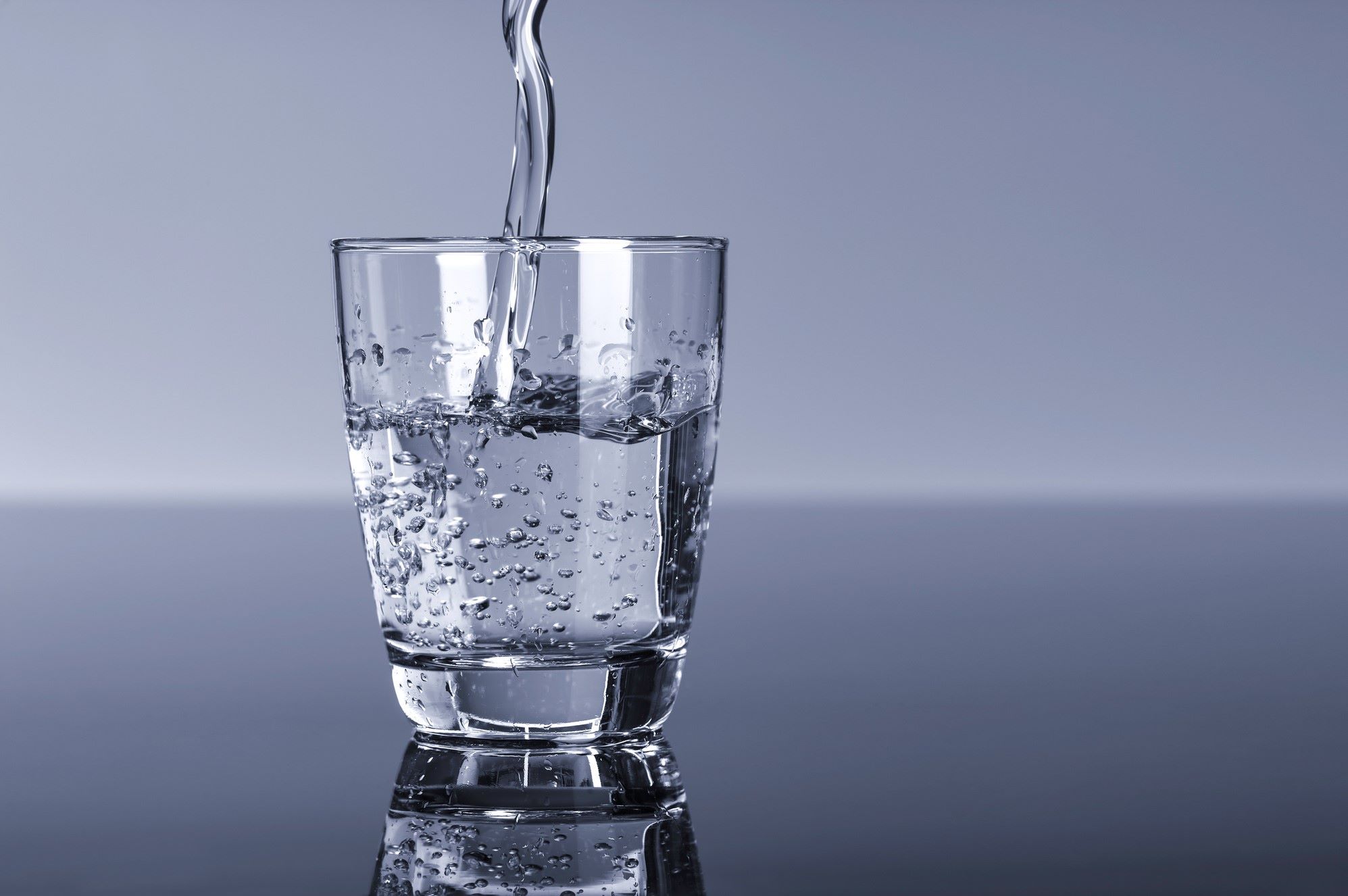
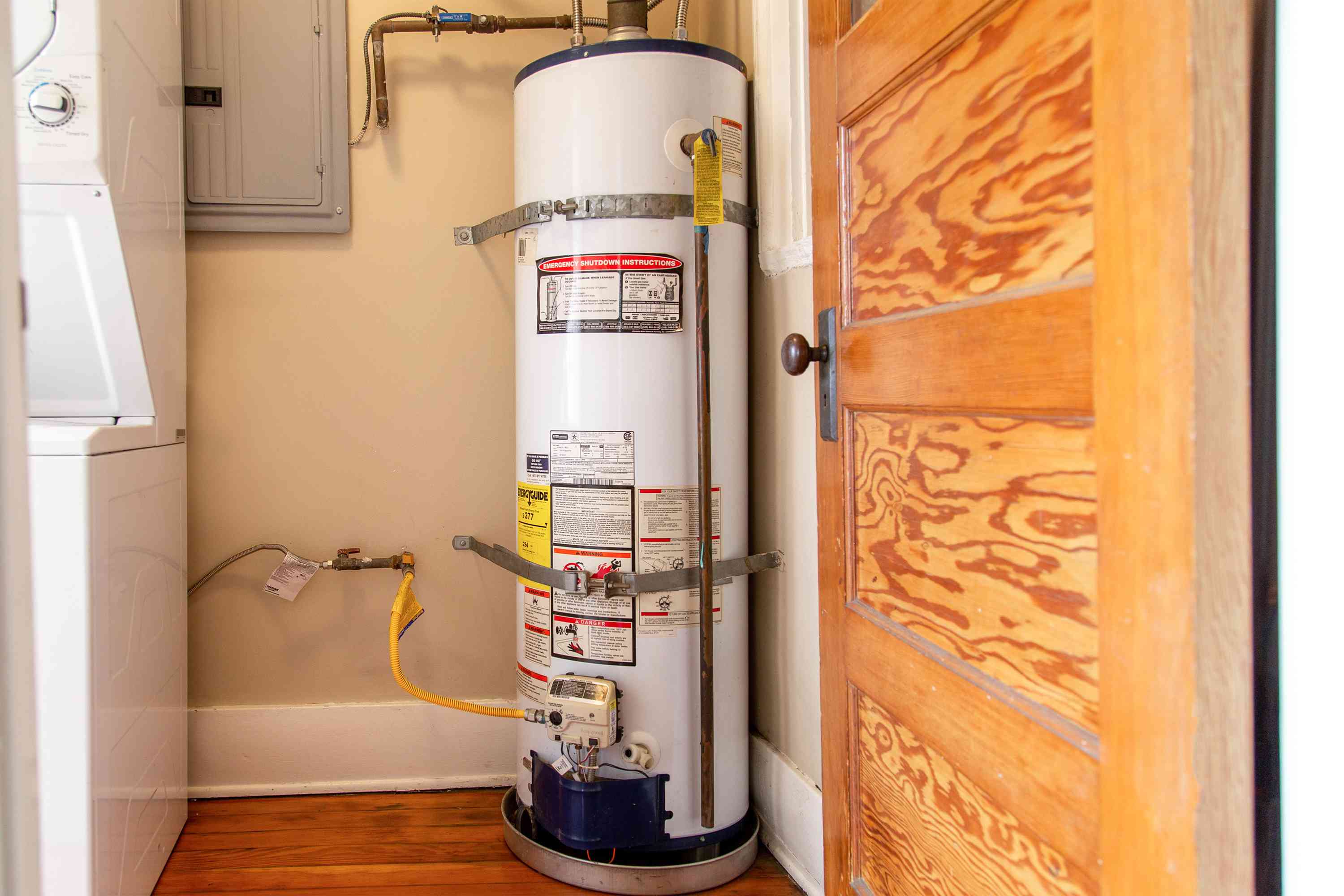
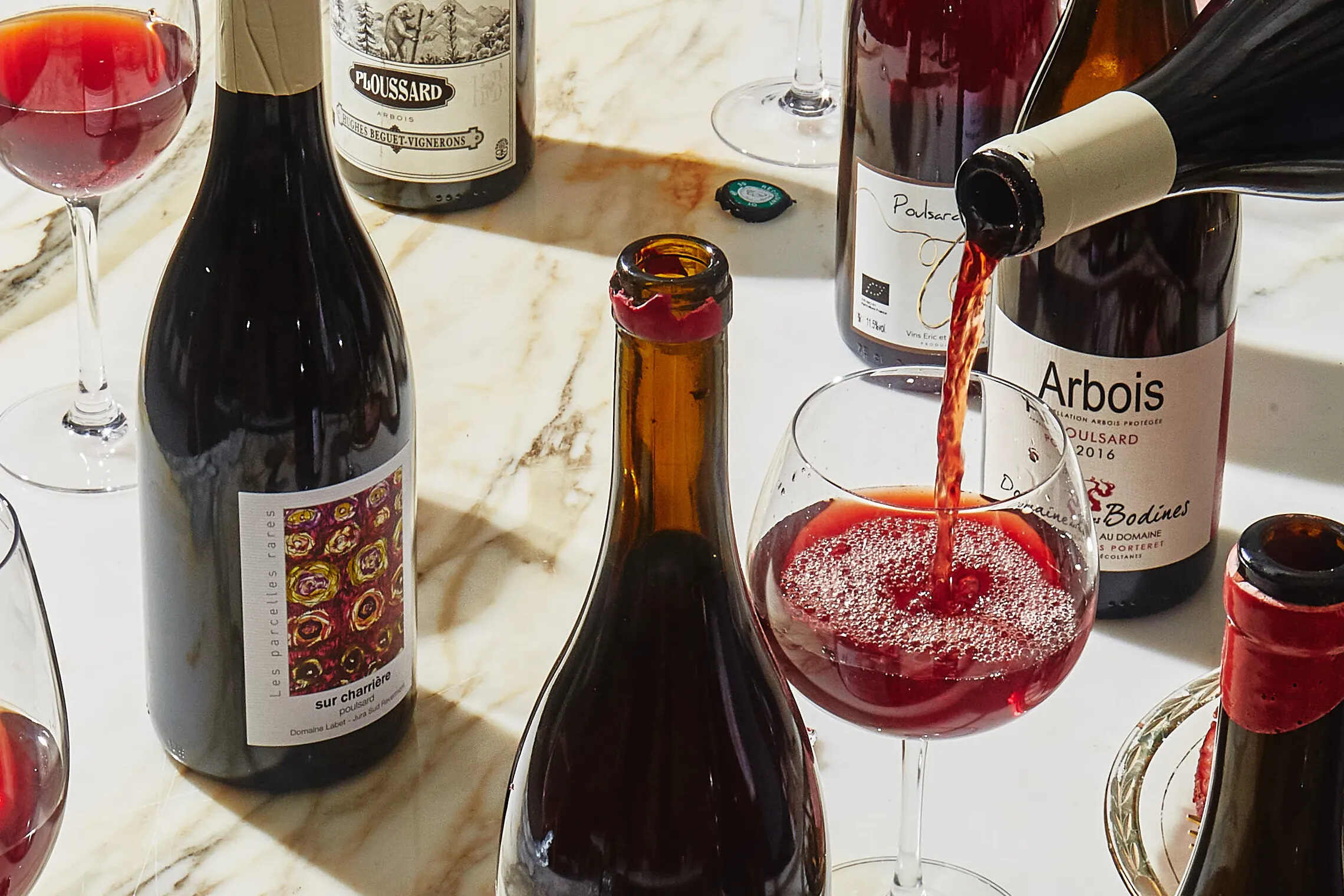

0 thoughts on “How Much Is 200 Ml Water In Glass”